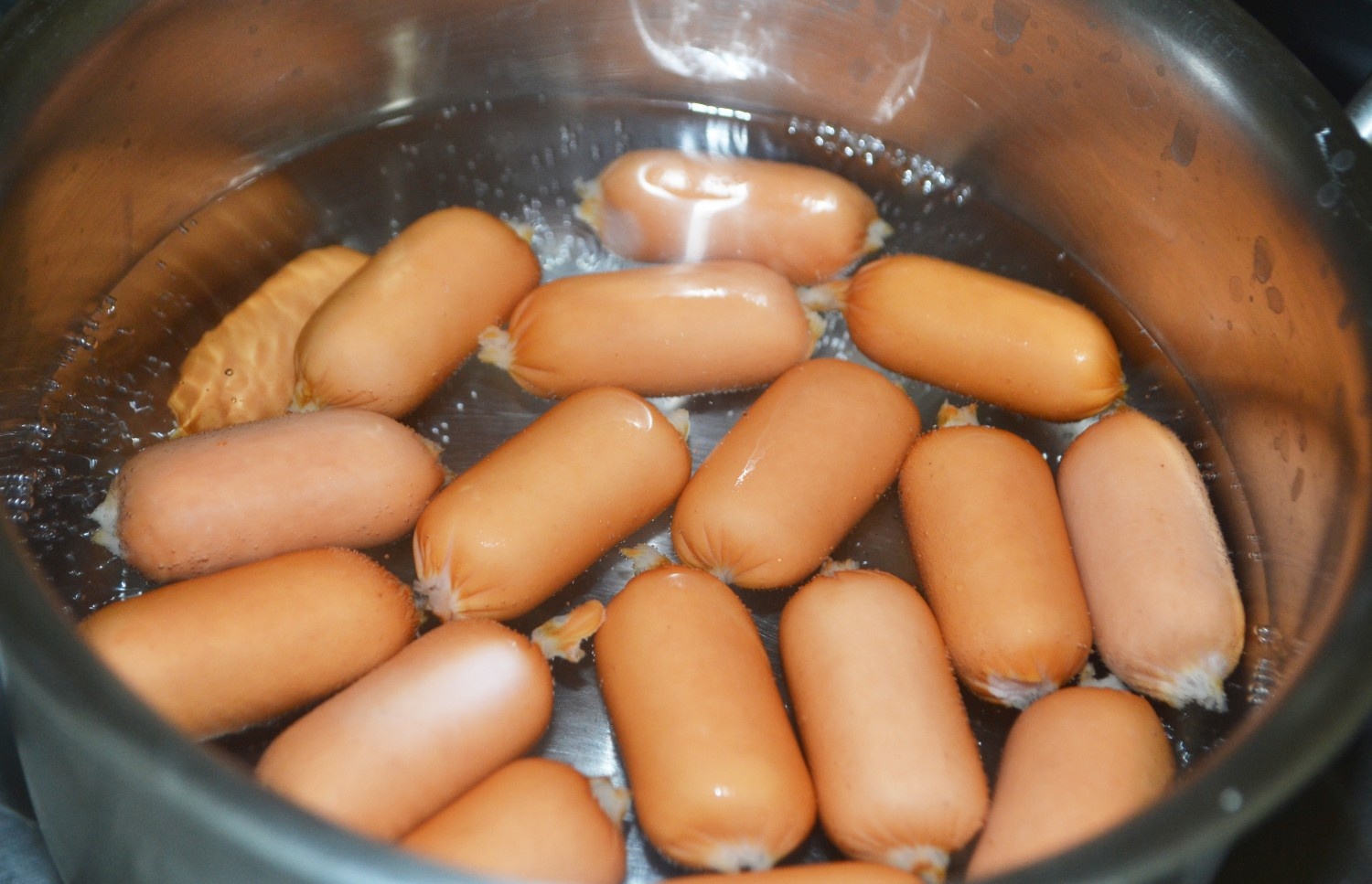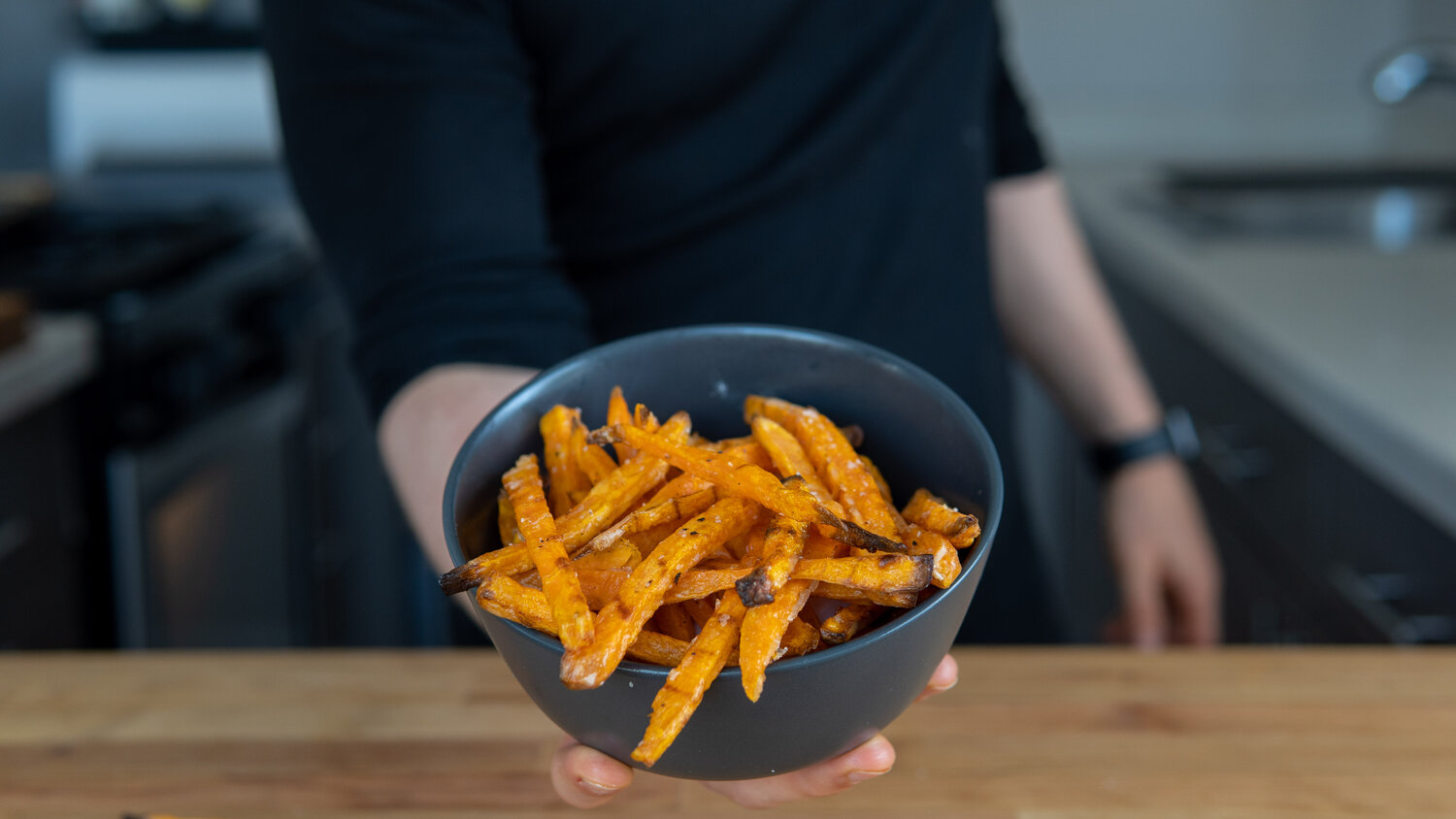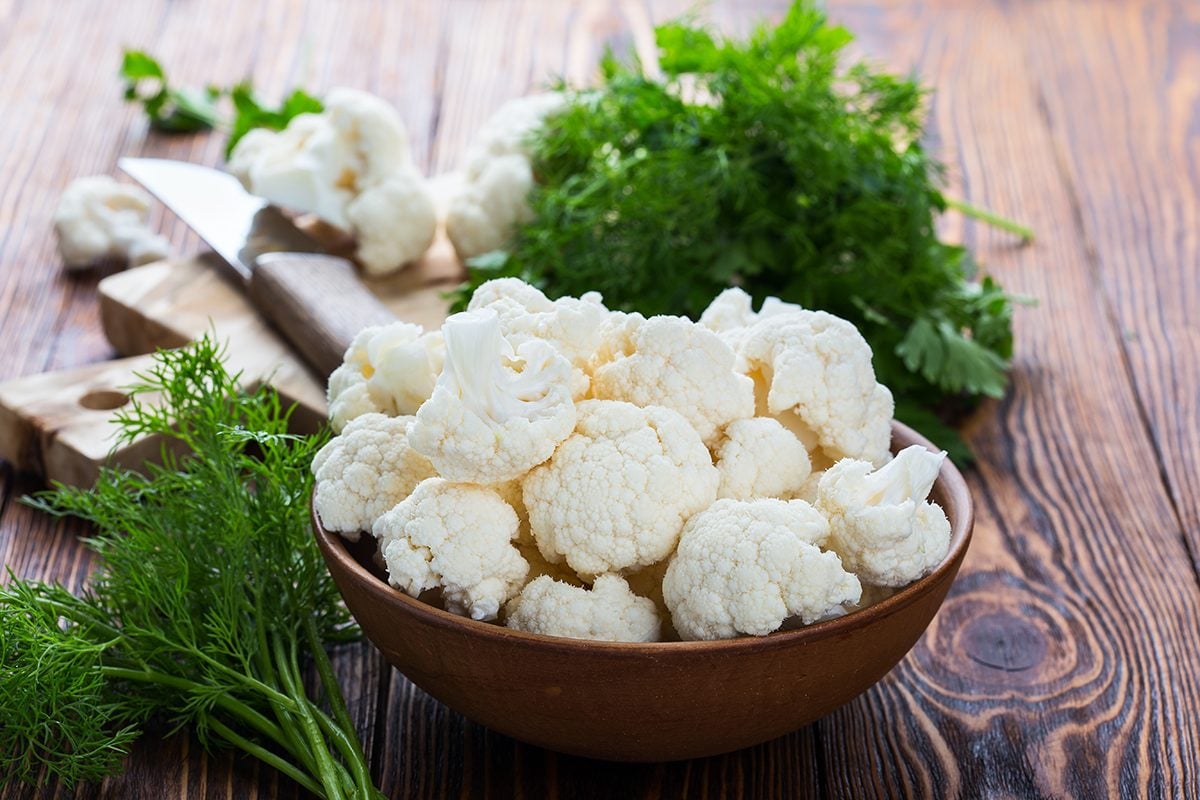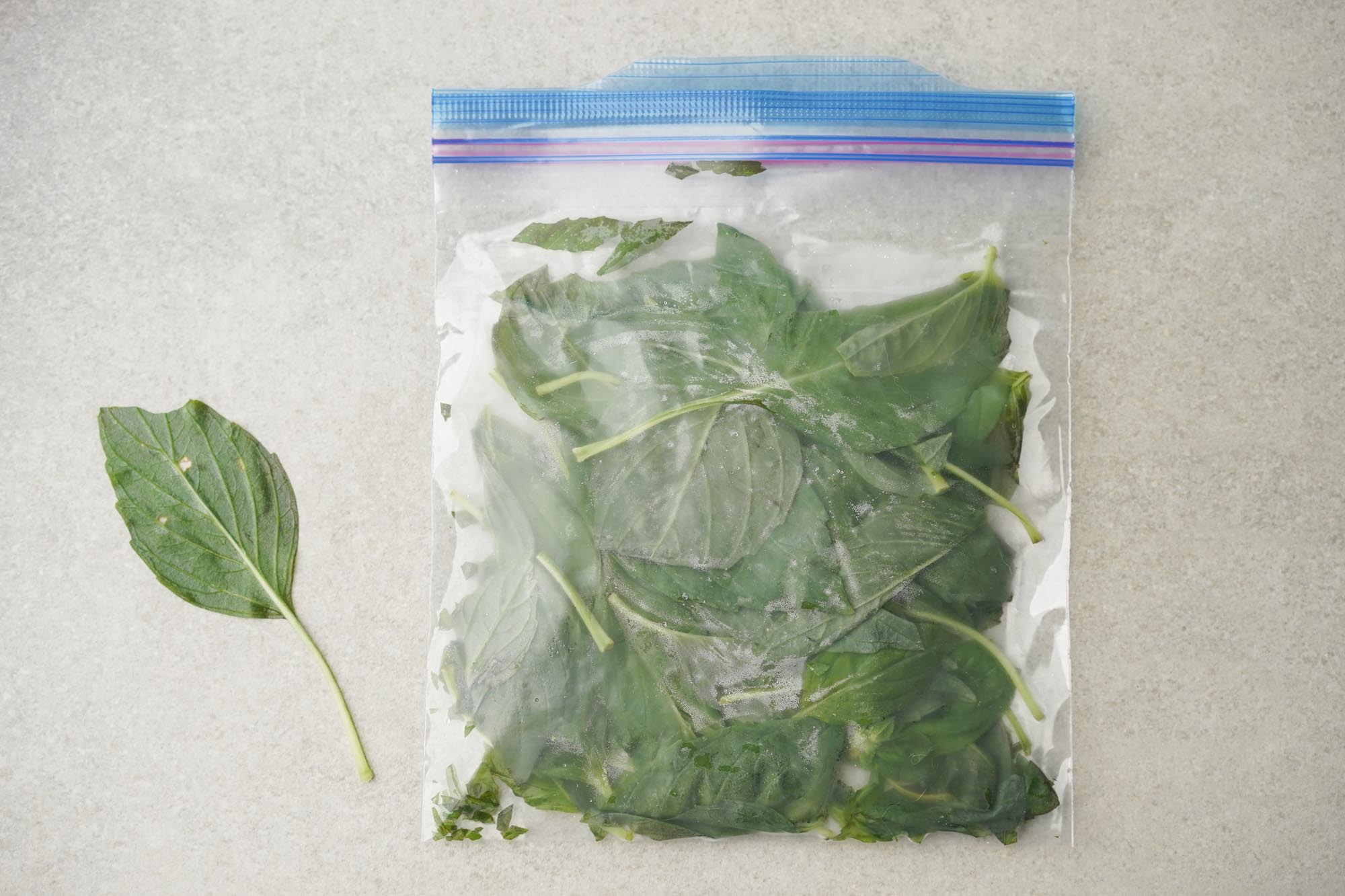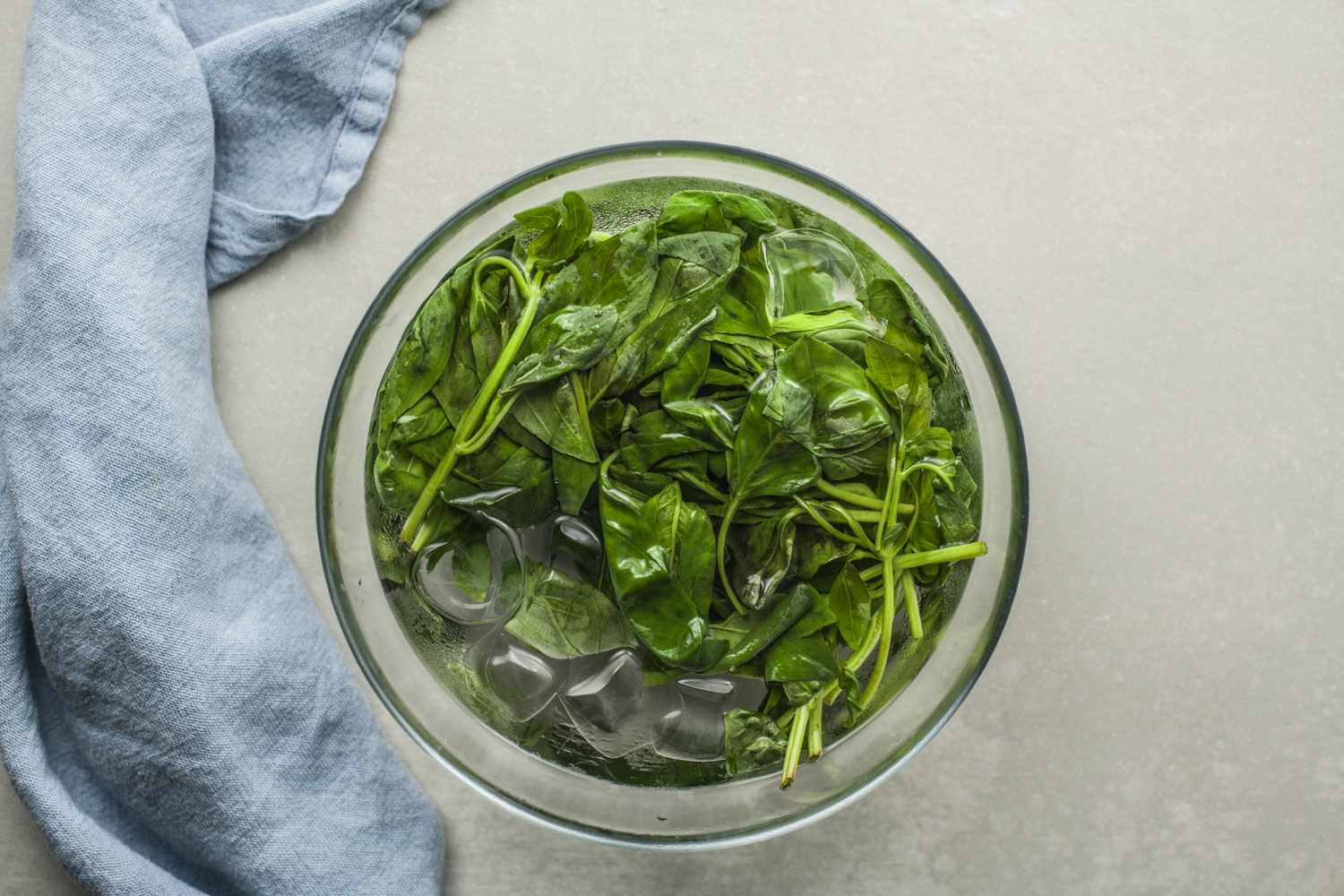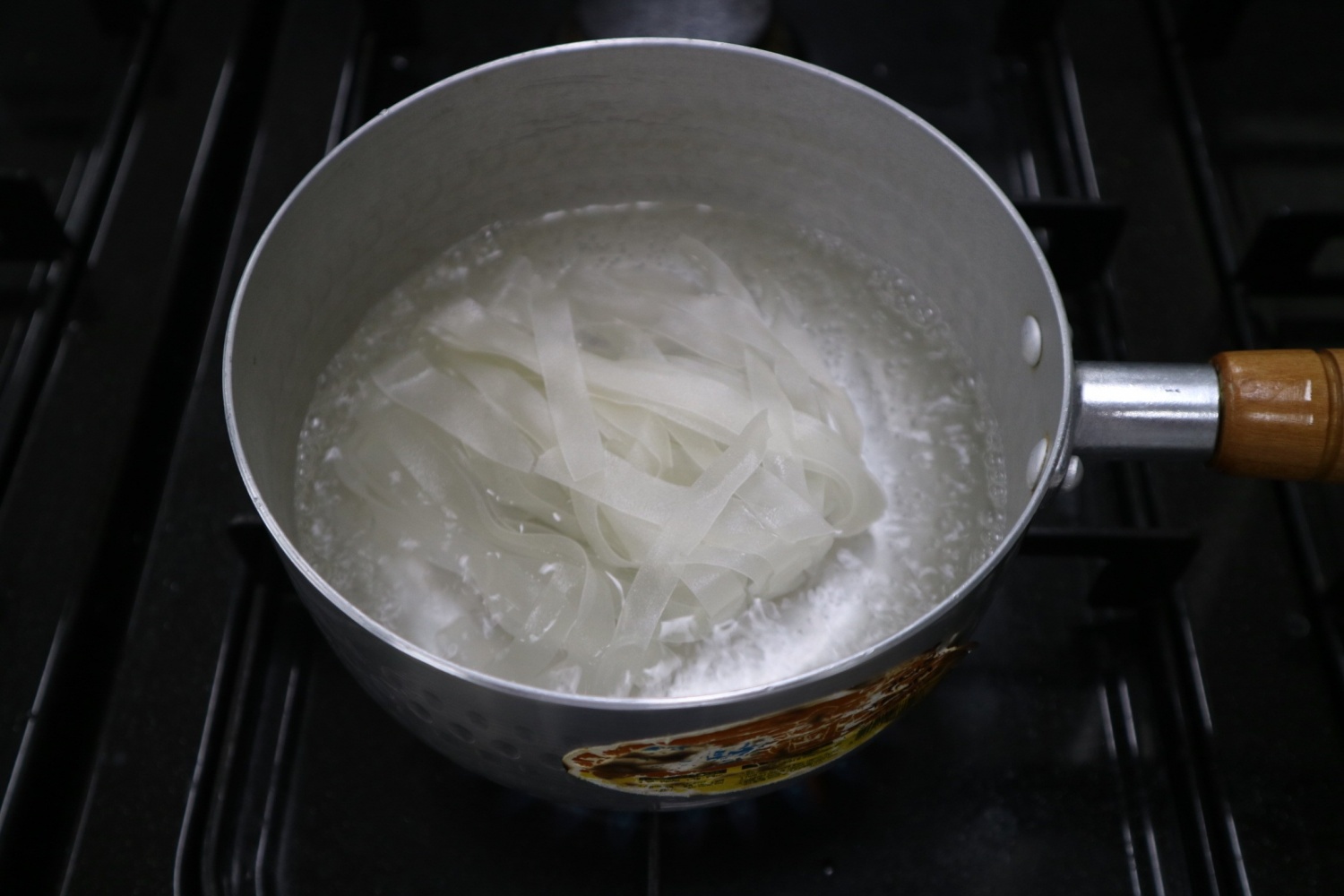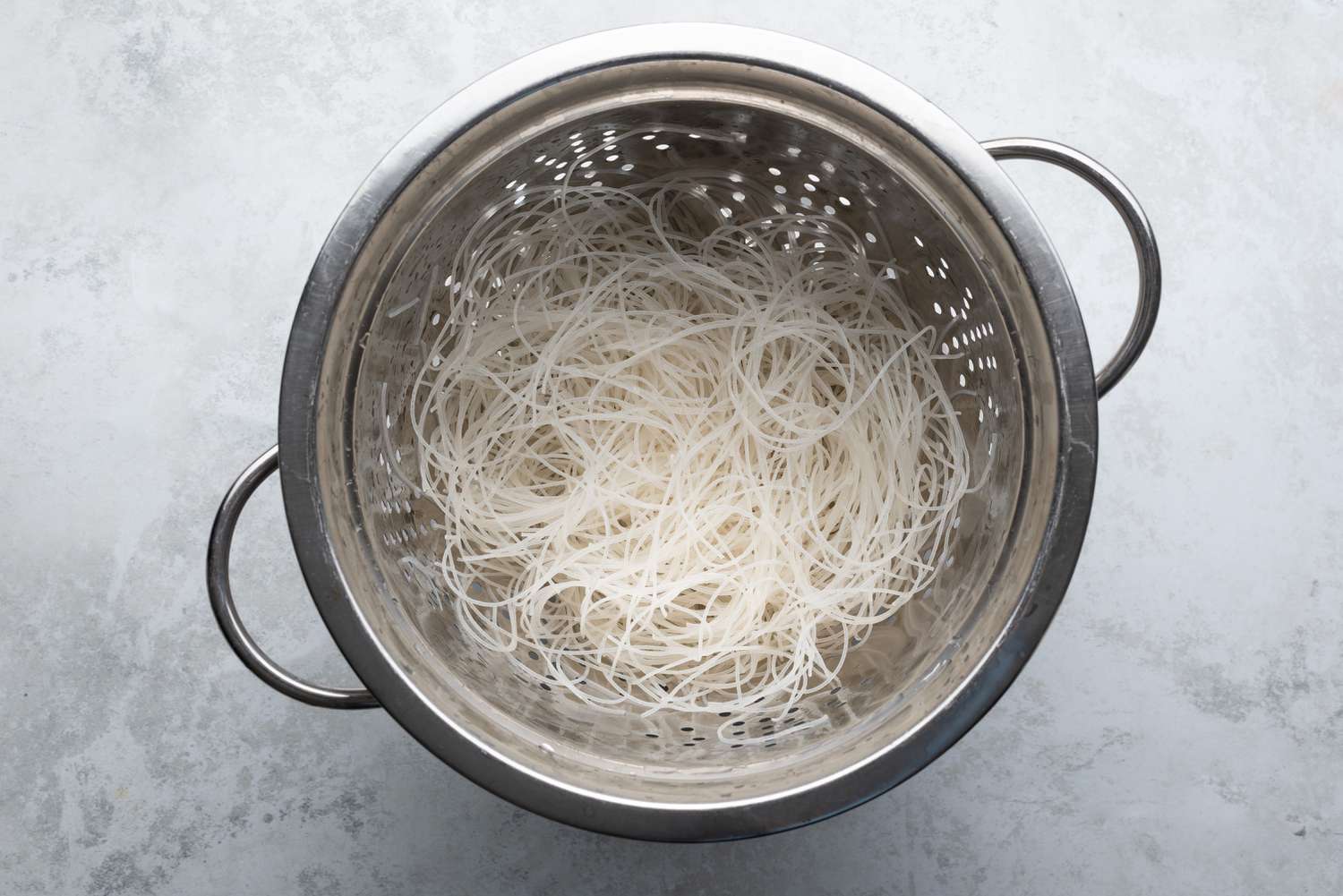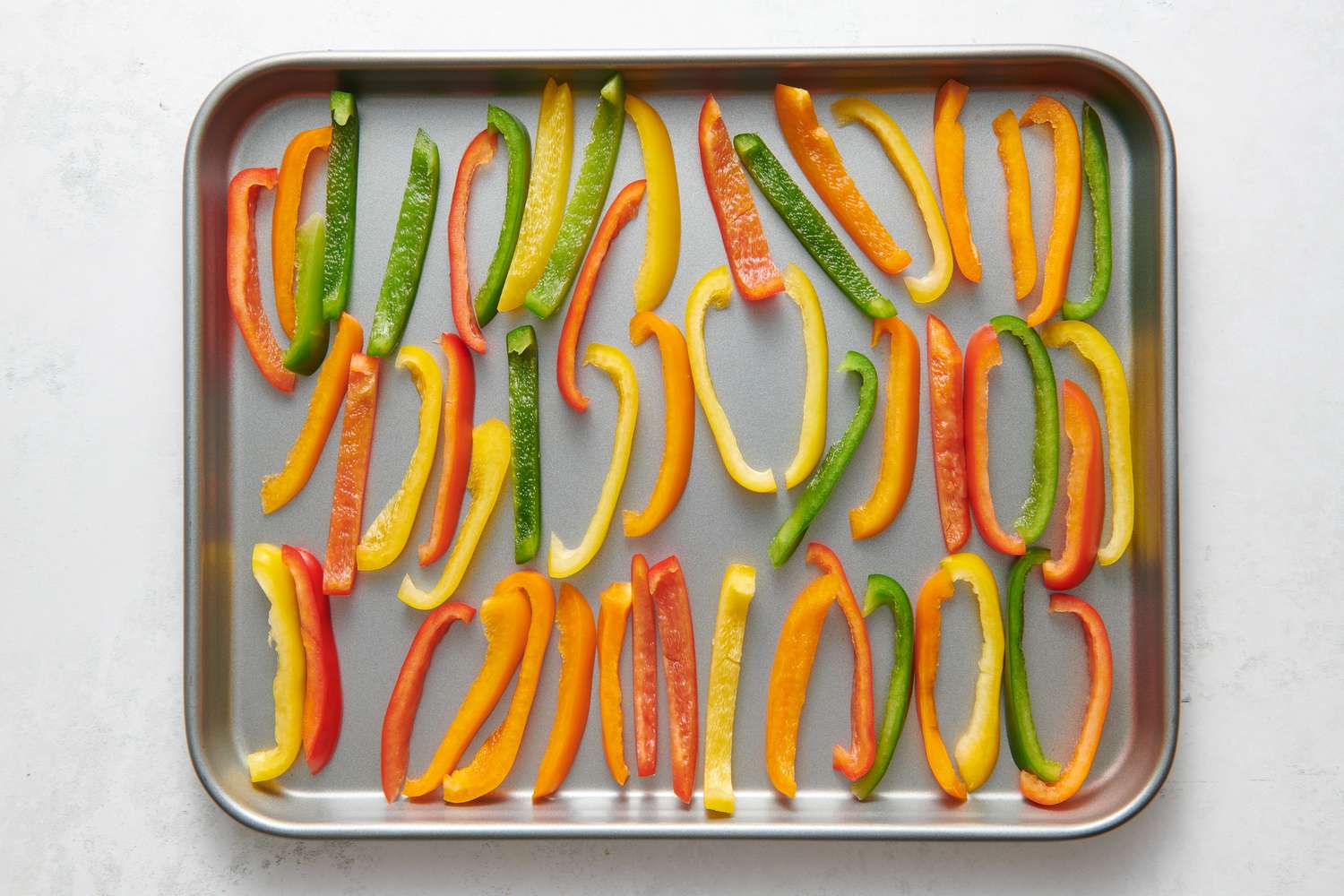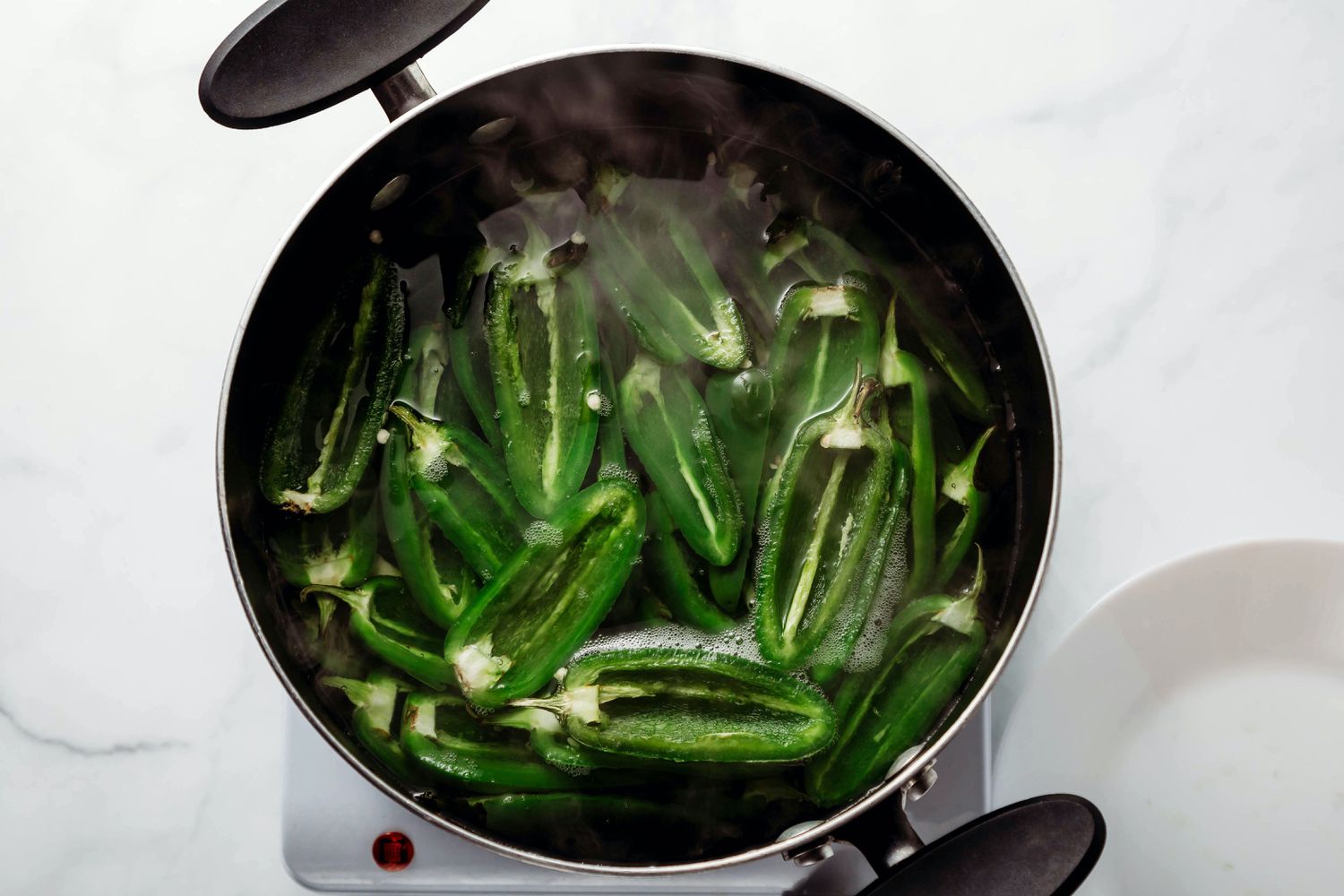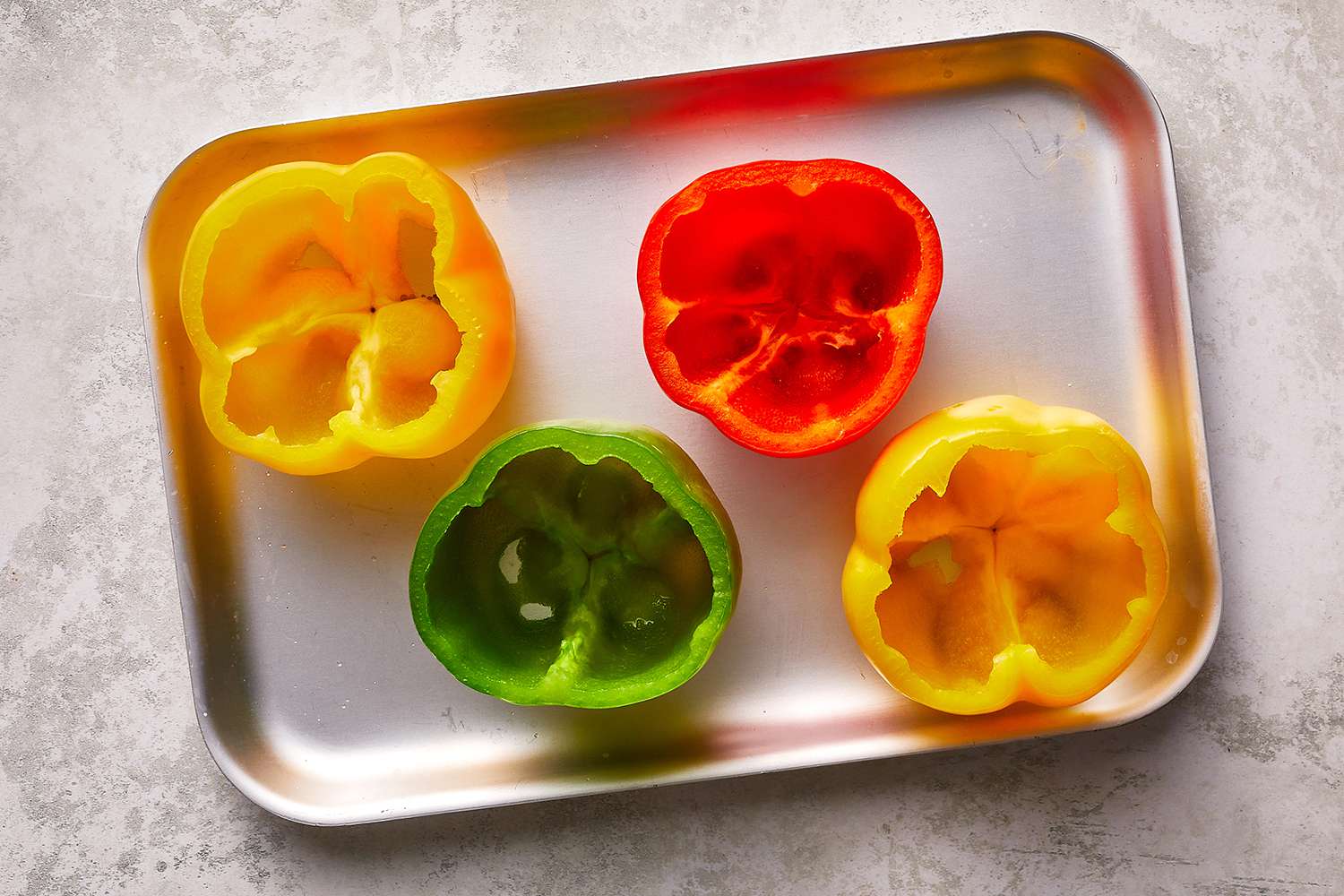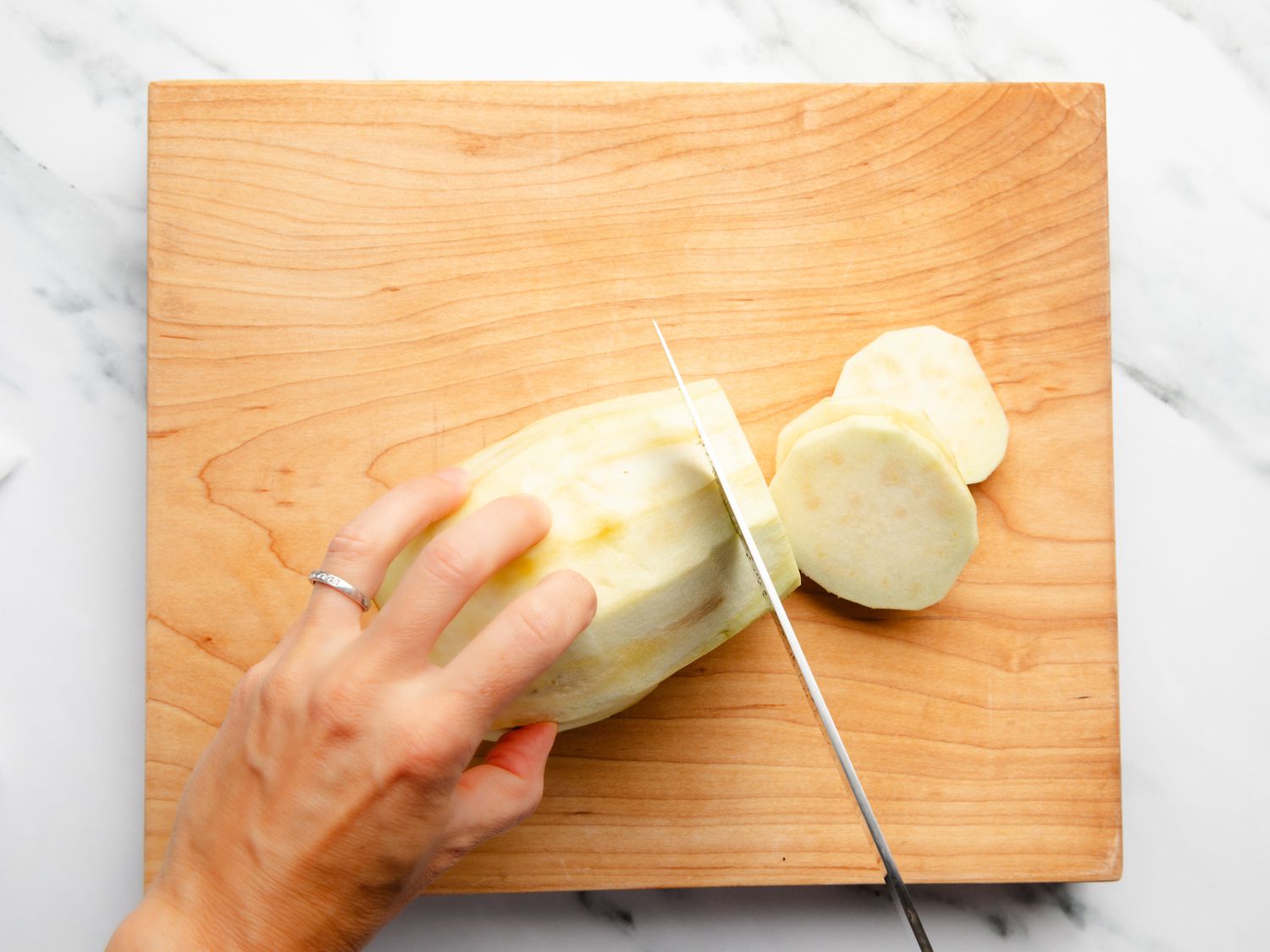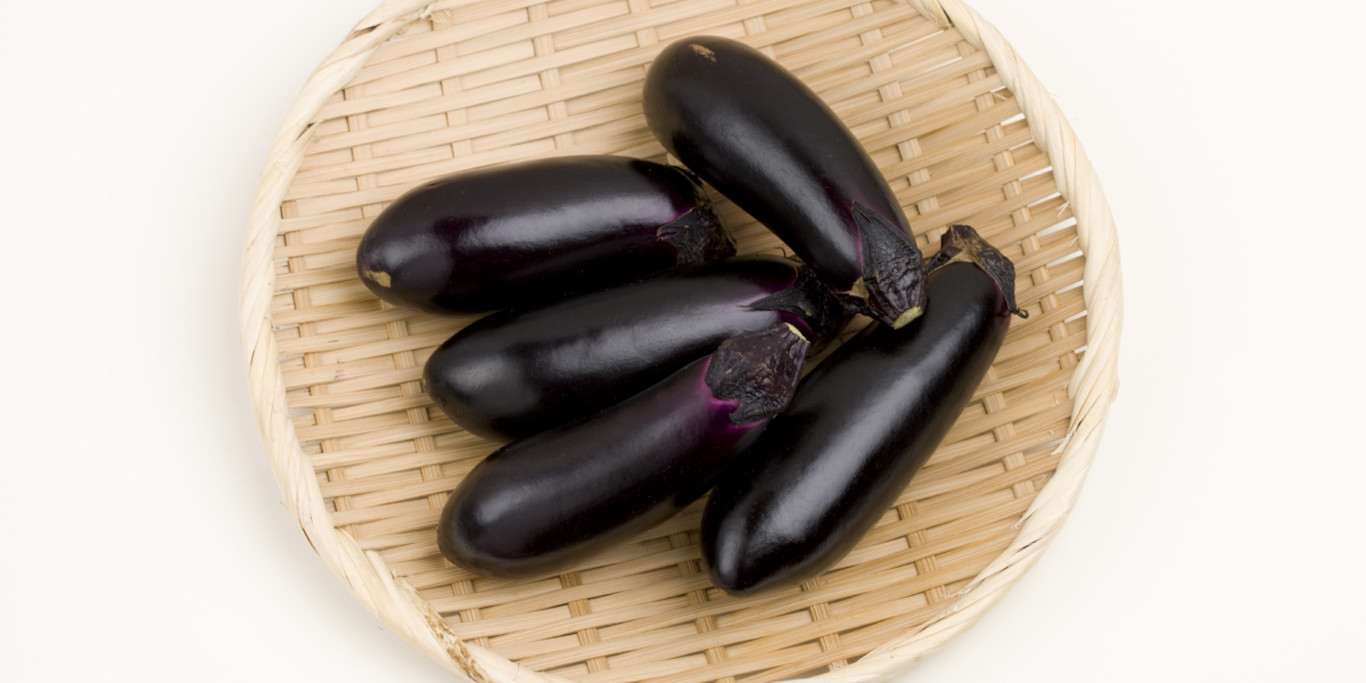Blanching Herbs: A Quick and Easy Guide
Blanching herbs is a simple yet essential technique that can help preserve the color, flavor, and nutrients of your favorite herbs. Whether you have an abundance of fresh herbs from your garden or want to make the most of store-bought herbs, blanching is a great way to ensure they stay fresh and vibrant for longer. In this guide, we’ll walk you through the step-by-step process of blanching herbs so you can enjoy their goodness for weeks to come.
What You’ll Need:
- A pot of boiling water
- A bowl of ice water
- Fresh herbs of your choice (such as basil, parsley, or cilantro)
- Slotted spoon
- Paper towels
The Blanching Process:
Follow these simple steps to blanch your herbs:
- Prepare the Herbs: Start by washing the herbs thoroughly to remove any dirt or debris. Pat them dry with a paper towel.
- Boil the Water: Fill a pot with water and bring it to a rolling boil.
- Blanch the Herbs: Carefully place the herbs into the boiling water using a slotted spoon. Let them blanch for about 15-30 seconds, depending on the type of herb.
- Ice Bath: Using the slotted spoon, quickly transfer the blanched herbs to a bowl of ice water. This will stop the cooking process and help the herbs retain their vibrant color.
- Drain and Dry: Once the herbs are cool, remove them from the ice water and pat them dry with a paper towel.
Storing Blanched Herbs:
After blanching, you can store the herbs in a few different ways:
- Freezing: Place the blanched and dried herbs in an airtight container or freezer bag and store them in the freezer for long-term use.
- Refrigeration: If you plan to use the herbs within a week, you can store them in the refrigerator. Wrap them in a slightly damp paper towel and place them in a resealable bag or container.
Benefits of Blanching Herbs:
Blanching herbs offers several benefits, including:
- Preservation: By blanching and freezing herbs, you can enjoy their fresh flavors and aromas throughout the year, even when they are out of season.
- Enhanced Flavor: Blanching helps preserve the natural flavors of herbs, ensuring that they retain their taste when used in cooking.
- Extended Shelf Life: Blanched herbs have a longer shelf life, allowing you to minimize waste and make the most of your herb harvest.
Final Thoughts
Blanching herbs is a simple yet effective way to preserve their color, flavor, and nutrients. By following the steps outlined in this guide, you can ensure that your herbs stay fresh and vibrant for an extended period. Whether you’re a home cook or a gardening enthusiast, blanching herbs is a valuable skill that can elevate your culinary creations. So, the next time you have an abundance of fresh herbs, consider blanching them to enjoy their goodness for weeks to come.
Blanching herbs can make a big difference in keeping their vibrant color and flavor. With this guide, readers can try making Fresh Basil Pesto, Chimichurri Sauce with Blanched Parsley, and Blanched Herb-Infused Olive Oil. These recipes are great starting points because they highlight the fresh, bright flavors that blanched herbs bring to the table. For something a bit different, Blanched Mint Mojito offers a refreshing twist on a classic drink. For those who enjoy baking, Blanched Herb Quiche can be a delightful way to incorporate blanched herbs into a hearty meal. Lastly, Blanched Herb Butter is a versatile addition to any kitchen, perfect for adding a burst of flavor to various dishes.
